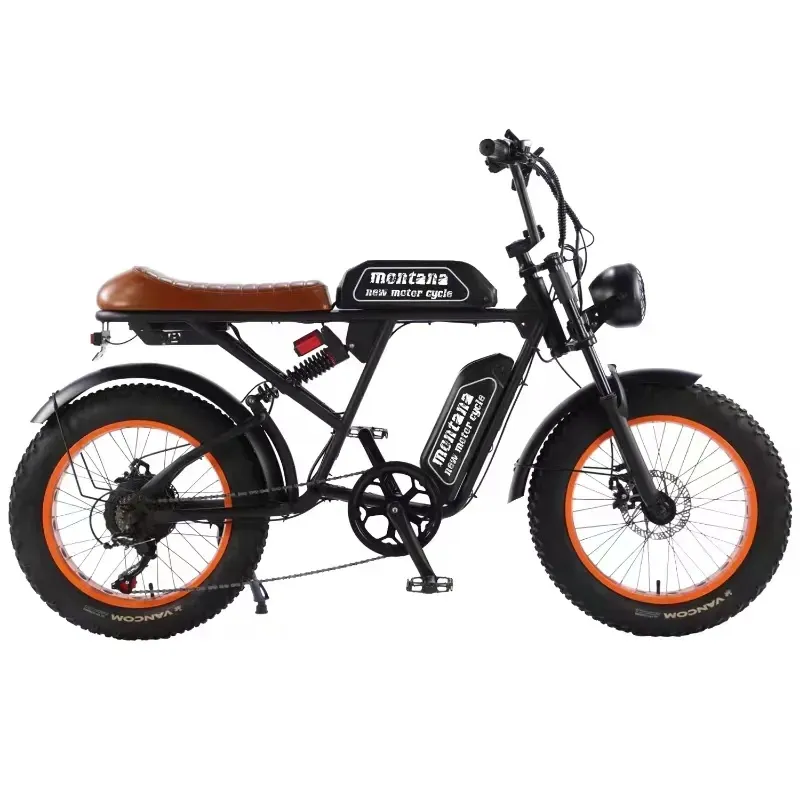
- Afrikaans
- Albanian
- Amharic
- Arabic
- Armenian
- Azerbaijani
- Basque
- Belarusian
- Bengali
- Bosnian
- Bulgarian
- Catalan
- Cebuano
- Corsican
- Croatian
- Czech
- Danish
- Dutch
- English
- Esperanto
- Estonian
- Finnish
- French
- Frisian
- Galician
- Georgian
- German
- Greek
- Gujarati
- Haitian Creole
- hausa
- hawaiian
- Hebrew
- Hindi
- Miao
- Hungarian
- Icelandic
- igbo
- Indonesian
- irish
- Italian
- Japanese
- Javanese
- Kannada
- kazakh
- Khmer
- Rwandese
- Korean
- Kurdish
- Kyrgyz
- Lao
- Latin
- Latvian
- Lithuanian
- Luxembourgish
- Macedonian
- Malgashi
- Malay
- Malayalam
- Maltese
- Maori
- Marathi
- Mongolian
- Myanmar
- Nepali
- Norwegian
- Norwegian
- Occitan
- Pashto
- Persian
- Polish
- Portuguese
- Punjabi
- Romanian
- Russian
- Samoan
- Scottish Gaelic
- Serbian
- Sesotho
- Shona
- Sindhi
- Sinhala
- Slovak
- Slovenian
- Somali
- Spanish
- Sundanese
- Swahili
- Swedish
- Tagalog
- Tajik
- Tamil
- Tatar
- Telugu
- Thai
- Turkish
- Turkmen
- Ukrainian
- Urdu
- Uighur
- Uzbek
- Vietnamese
- Welsh
- Bantu
- Yiddish
- Yoruba
- Zulu
Nov . 13, 2024 23:26 Back to list
adjusting derailleur on mountain bike
Adjusting the Derailleur on a Mountain Bike A Comprehensive Guide
Maintaining your mountain bike is crucial for ensuring a smooth and enjoyable ride. One of the key components that require regular attention is the derailleur. The derailleur is responsible for shifting the chain between gears, allowing for seamless transitions depending on terrain and rider preference. An improperly adjusted derailleur can lead to poor shifting performance, chain skips, or even damage to your bike. In this article, we’ll guide you through the process of adjusting your mountain bike’s derailleur to keep your ride efficient and enjoyable.
Understanding the Derailleur
Before we dive into the adjustment process, it’s crucial to understand the role of the derailleur in your bike’s gear system. There are two types of derailleurs the rear derailleur and the front derailleur. The rear derailleur moves the chain between the cogs on the cassette, while the front derailleur shifts the chain between the front chainrings. Regardless of which derailleur you’re adjusting, the fundamental principles remain the same.
Tools You’ll Need
To adjust your derailleur, you don’t need a lot of specialized tools. Here’s a list of what you should have on hand
- Phillips and flathead screwdrivers - Allen keys (usually 4, 5, and 6 mm) - A bike stand or a way to keep your bike stable - Chain lube (optional)
Step 1 Inspect the Derailleur
Before making any adjustments, it’s vital to inspect the derailleur for any visible damage or misalignment. Check the following
- Ensure that the derailleur hanger (the part that connects the derailleur to the frame) is straight and not bent. - Look for loose screws or bolts on the derailleur itself. - Check the chain for wear and ensure it is properly lubricated.
If everything looks fine, you can proceed with adjusting the derailleur
.adjusting derailleur on mountain bike

Step 2 Setting the Limit Screws
Limit screws specify how far the derailleur can move, preventing the chain from falling off the cassette or the chainrings.
1. Rear Derailleur Limit Adjustment - Locate the limit screws, usually marked with 'H' (high) and 'L' (low). - Shift the bike into the smallest (high) gear at the back (smallest sprocket). - Adjust the 'H' screw so that the derailleur is aligned with the sprocket, without the chain touching the derailleur. - Shift to the largest (low) gear at the back (largest sprocket). - Adjust the 'L' screw until the derailleur is aligned with the largest sprocket.
2. Front Derailleur Limit Adjustment - Shift to the smallest gear in the front and the largest gear in the rear. - Adjust the 'H' screw so that the chain just clears the outer plate of the derailleur. - Shift to the largest gear in the front and adjust the 'L' screw until the chain just clears the inner plate.
Step 3 Fine-Tuning the Cable Tension
After setting the limit screws, it’s time to adjust the cable tension. This adjustment will ensure that the derailleur shifts smoothly between gears.
1. Shift through the gears to see how well the derailleur moves. 2. If you notice sluggish shifting or missed gears, increase cable tension by turning the barrel adjuster (located on the derailleur or shifter) clockwise. 3. Conversely, if the derailleur is overshifting or jumping gears, decrease tension by turning the barrel adjuster counterclockwise.
Step 4 Testing Your Adjustments
After making your adjustments, it’s important to test the shifting performance. Shift through all the gears while riding, and pay attention to how smoothly the chain moves from one cog to another. Make any necessary fine-tuning adjustments to the cable tension based on your ride test.
Conclusion
Adjusting your mountain bike’s derailleur may seem daunting at first, but with a little patience and practice, it can become a straightforward task. Regular maintenance of the derailleur not only prolongs the life of your bike but also enhances your riding experience. Whether you’re tackling steep trails or cruising through flat terrains, a well-tuned derailleur will ensure that your shifts are always smooth and reliable. Happy riding!
-
The Ultimate Kids' Four-Wheeler Experience
NewsJul.09,2025
-
The Ultimate Guide to Mountain Bikes: Gear Up for Your Ride
NewsJul.09,2025
-
The New Age of Cycling: Electric Bikes for Every Rider
NewsJul.09,2025
-
The Best Kids Bicycles: Ride in Style and Safety
NewsJul.09,2025
-
The Best 3-Wheel Scooters for Kids: Fun, Safety, and Adventure
NewsJul.09,2025
-
Revolutionize Your Ride: Affordable Electric Bikes
NewsJul.09,2025
-
Finding the Perfect Mountain Bike for Every Rider
NewsJul.09,2025



